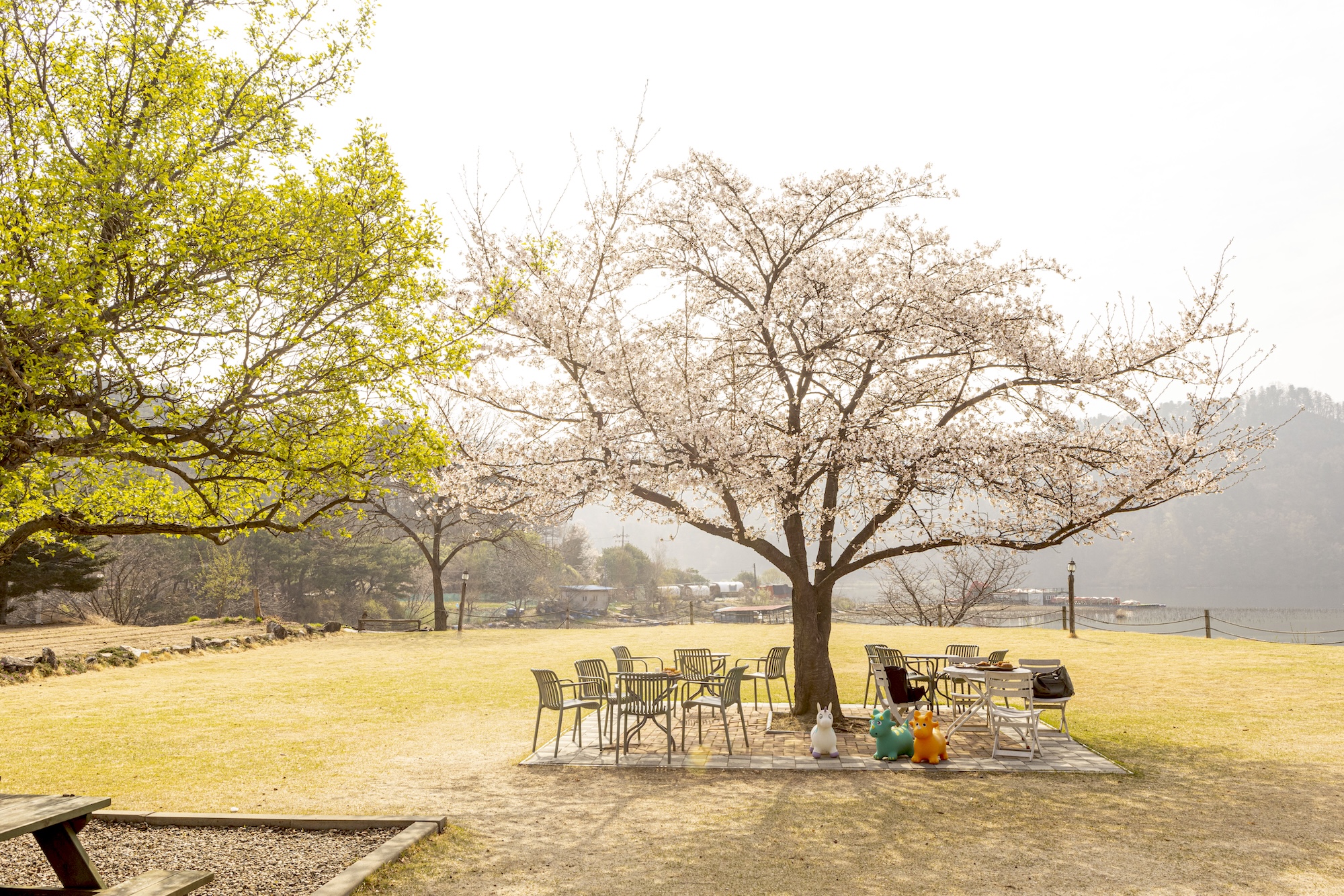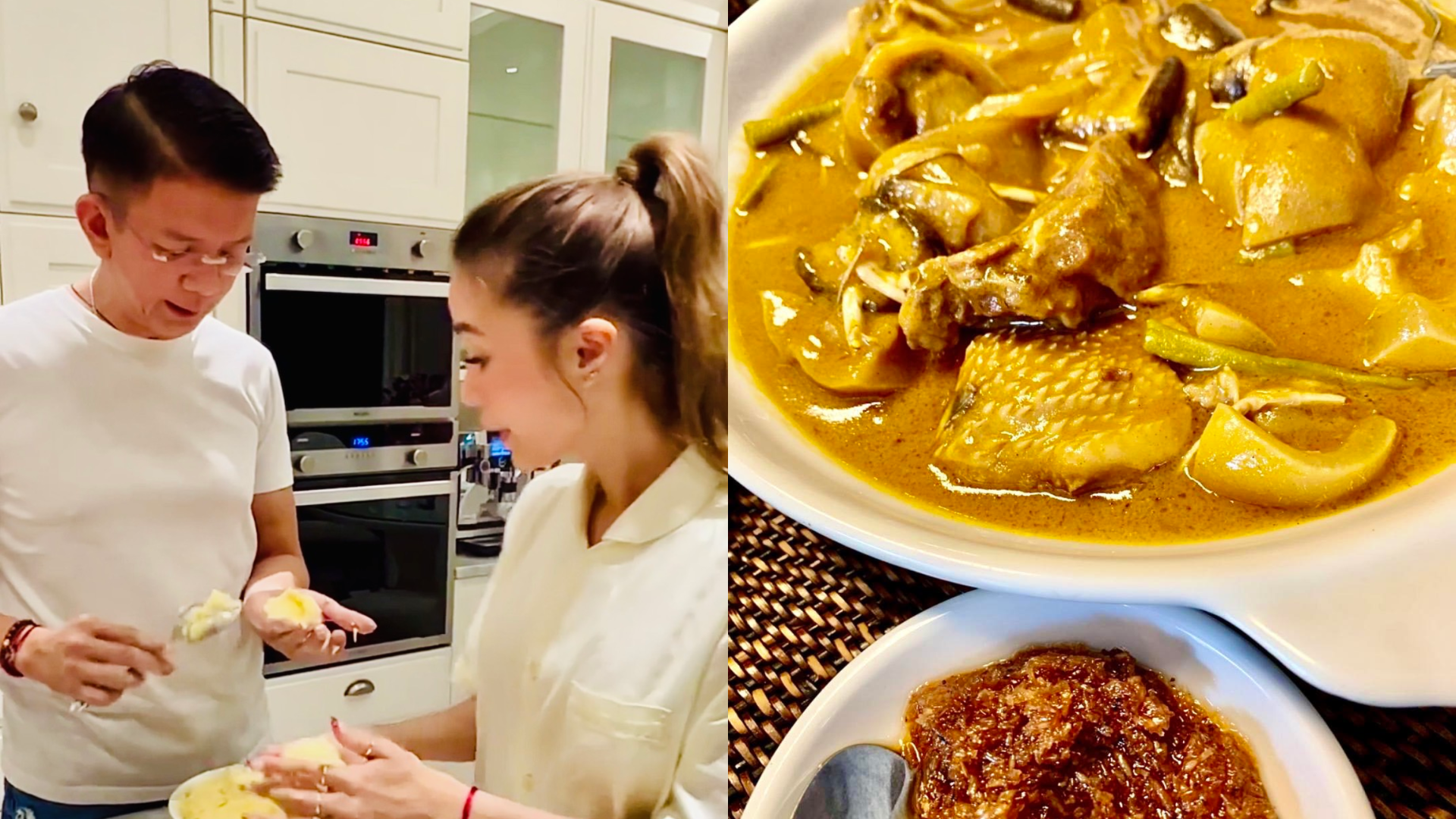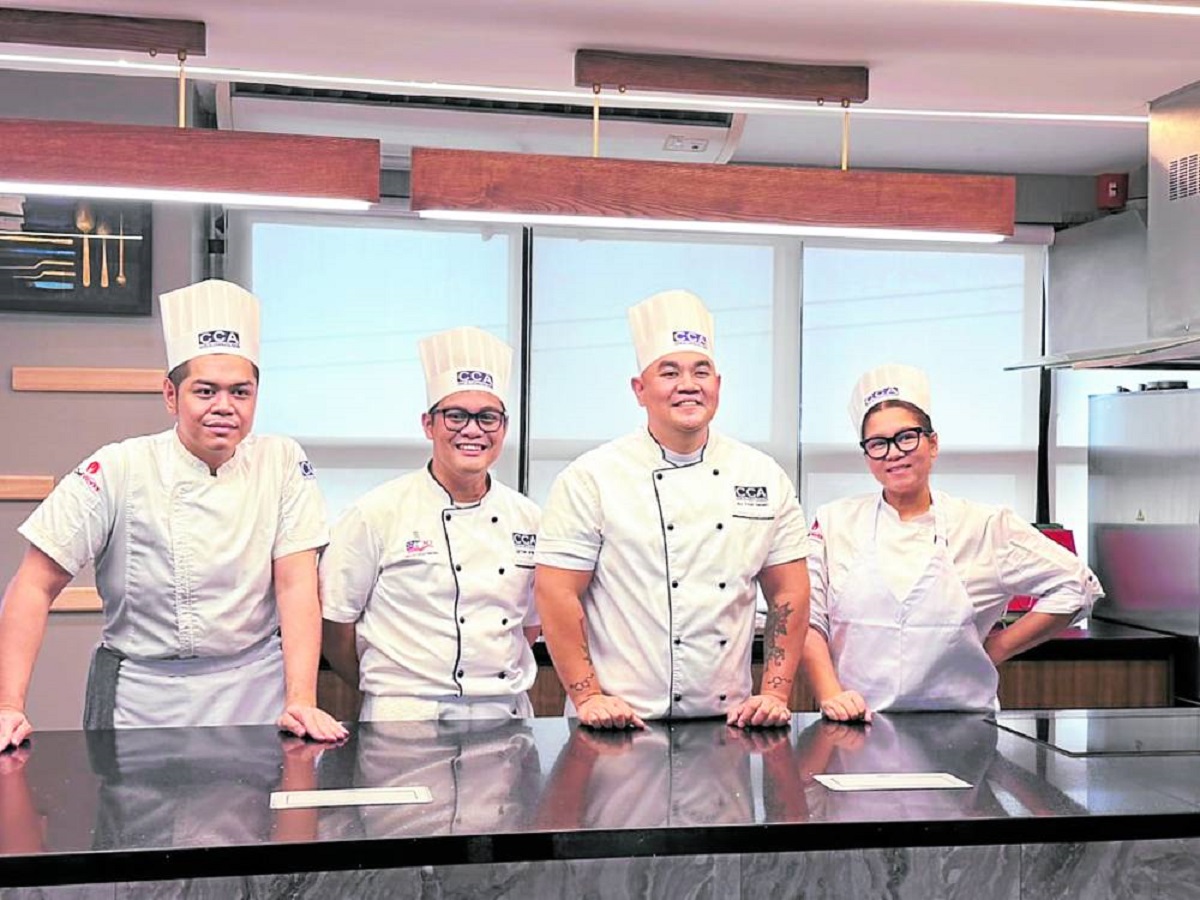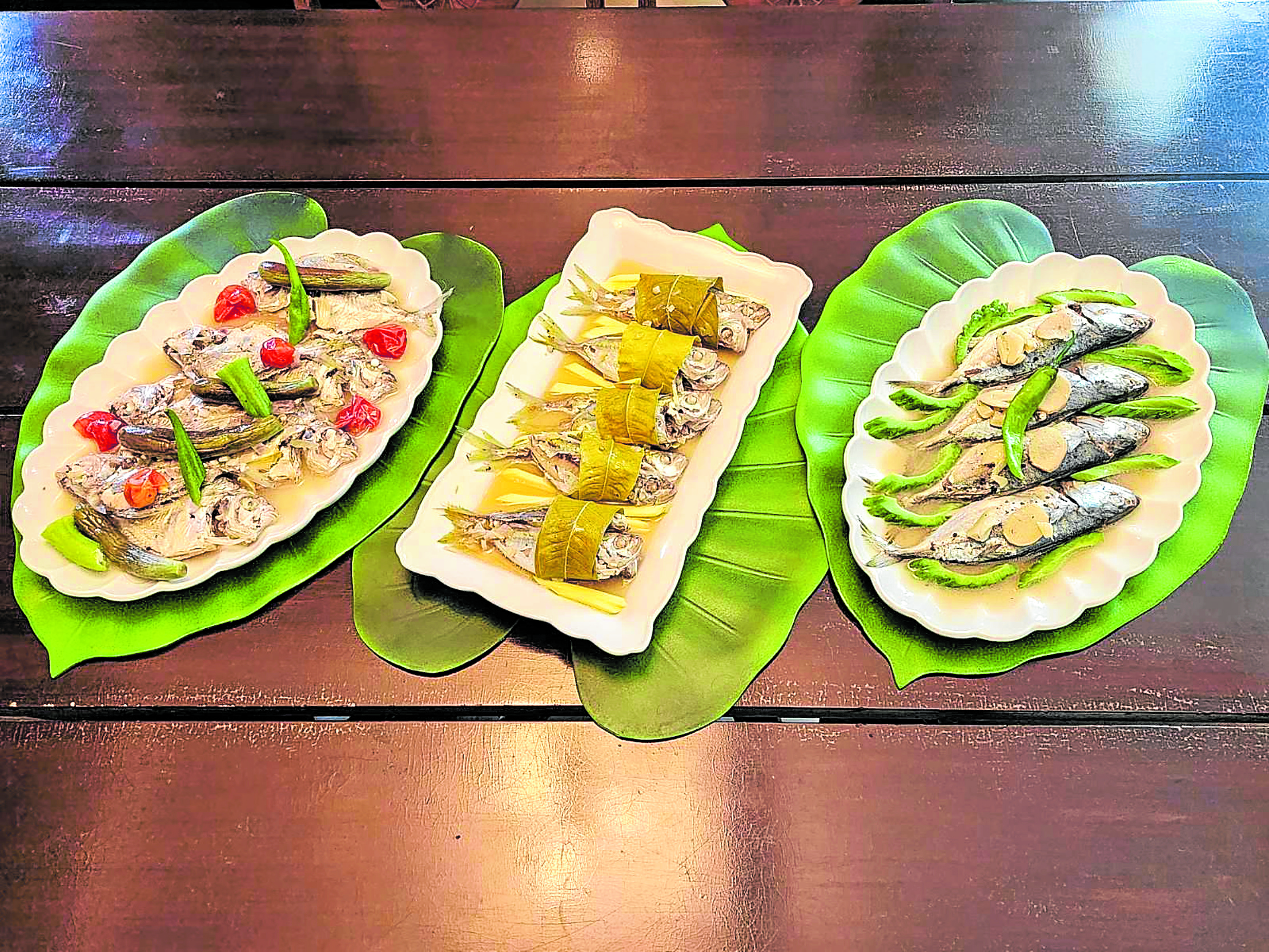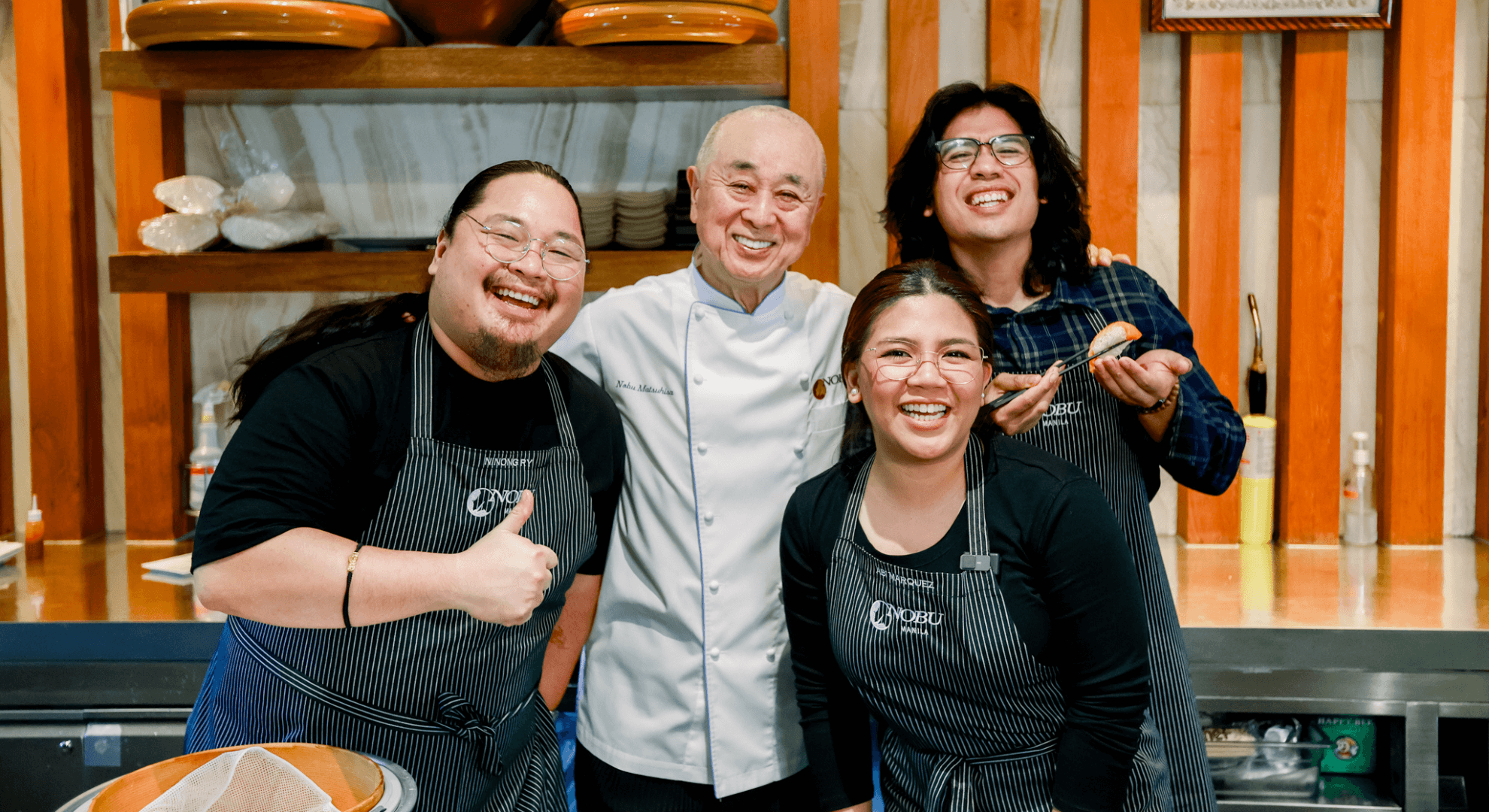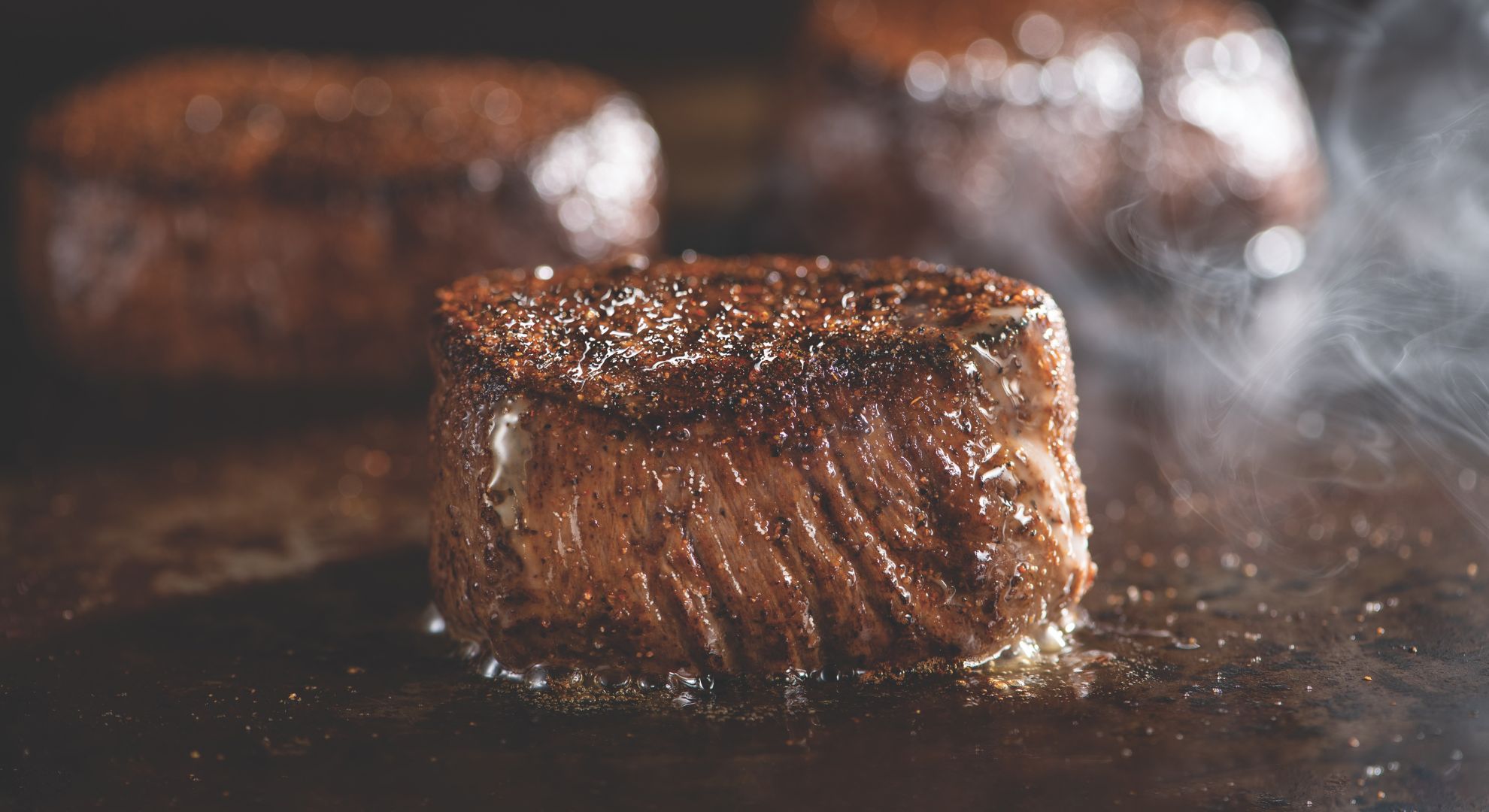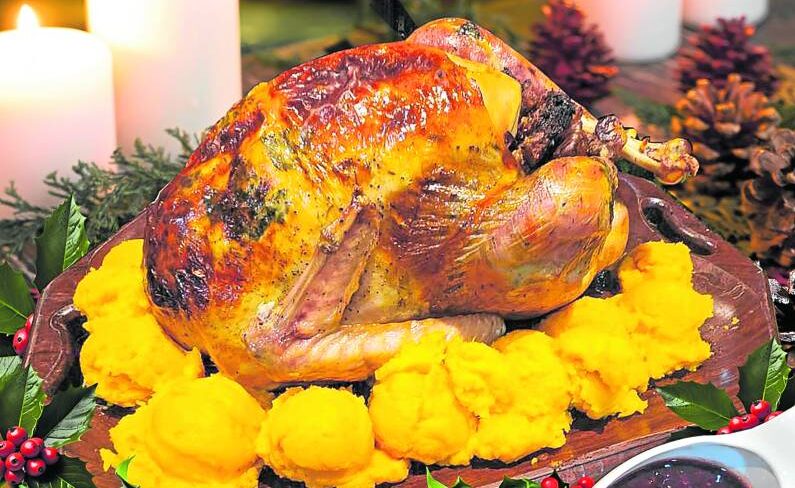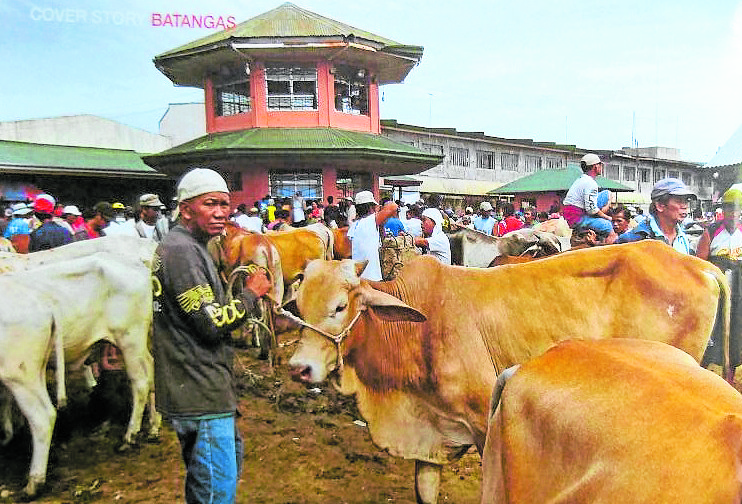
The subject for the annual Doreen Gamboa Fernandez (DGF) Food Writing Awards is Livestock. This comes after Fish in 2019 and Fowl in 2018.
Livestock is a domesticated animal raised for different commodities, like meat. Livestock also means different things, depending on the country. But in the Philippines, it refers to cattle, pig, goat, carabao and horse.
Fernandez noted in her book “Palayok” (Bookmark, Inc., 2000) that the name for “pork parts and cuts are still mostly Chinese (liempo, kasim, etc.), and those for beef still mostly Spanish (cadera, lomo, solomillo), suggesting that widespread use of the former came in earlier, in the days of trade with the Chinese, and of the latter after Spanish colonization.”
Today, especially in meat shops, the names have become English-based on American cuts. Some pork cuts include pork belly, pork chop, rib roast. Beef cuts include sirloin, tenderloin, brisket, shank and round. Carabao meat or carabeef cuts have about the same names as beef.
Goat meat is usually sold whole and the parts cut according to what will be cooked.
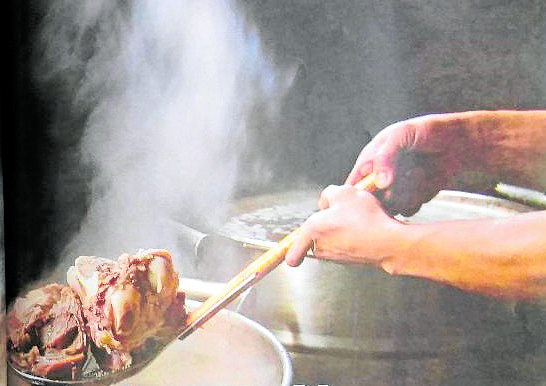
Different preferences
There are different preferences for livestock throughout the country. In the Visayas, carabao is favored over cattle. Goat is not everyday food, considered special because it is more expensive than pork. Horse meat is a specialty in the Malabon market, where stalls sell its preserved meat (tapa). Pork is everyday food, but a whole lechon (roast pig) is the centerpiece at most festivities.
Apart from roasting, there is a great variety of cooking methods employed for livestock meat. But in her book “Tikim: Essays on Philippine Food and Culture” (Anvil Publishing, 1994), Fernandez discusses one that can be found in many countries.
“All cuisines from East and West have somewhere a ‘basic boil’—the Japanese put in bean curd, the Chinese add magic powders and herbs—that acknowledge the folk wisdom of just cooking in water the right way.
“We have the nilaga.
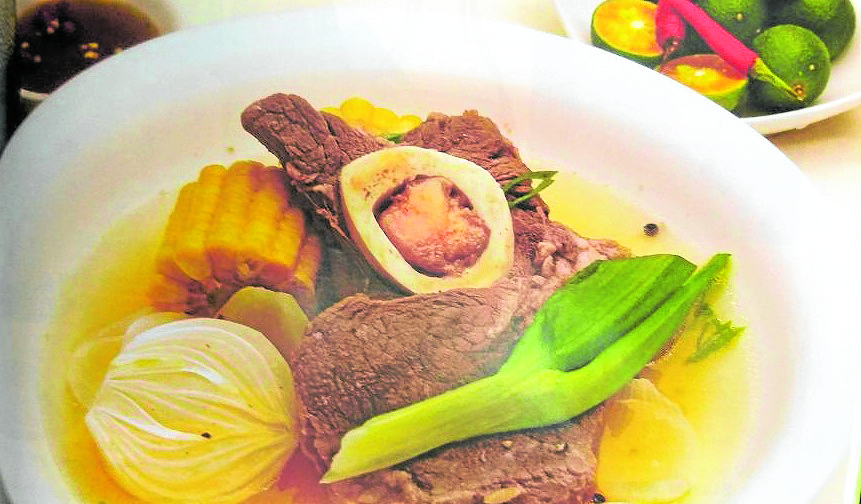
“Variations are to be found everywhere. At the San Jose, Antique, market we found the cheap cuts of meat (pata, buntot, bones) flavored with puso ng saging (banana heart). In the Silay City, Negros Occidental market, we found bindonggo (goto) boiling with tomatoes and batuan, which gave it a pleasant sourness. In Cebu and Mindanao, we encountered variations of balbakw—usually pata (leg) or buntot (tail) boiled tender, and flavored with tomatoes, with beans, with whatever is the custom.” (From “Ang Mahiwagang Nilaga”)
At the livestock market in Lemery, Batangas, goto is boiled in big pots for the farmers buying cattle, pigs, and goats. Goto is not tripe as it is known in many parts of the country. In Batangas, it is a stew of beef innards colored orange by annatto (achuete) seeds.
Batangas is also home of the bulalo, beef shin boiled till the meat falls off the bone. In Negros, it’s called kansi. In Leyte, boiled carabao shin is favored and called pakdol. In Zamboanga, boiled calf’s trotter is called pata, the soup peppery, and a favorite among truck and jeepney drivers.
To join the competition, write an 800-word essay in English on Livestock. Judges will look for research, reference to culture, and good writing style.
Submit your entry to dgfawards@yahoo.com, but use a pen name. Submit another file that indicates your pen name, real name, contact numbers, address, and title of the essay. Every contestant is allowed two entries. Deadline for submission is Nov. 30.



